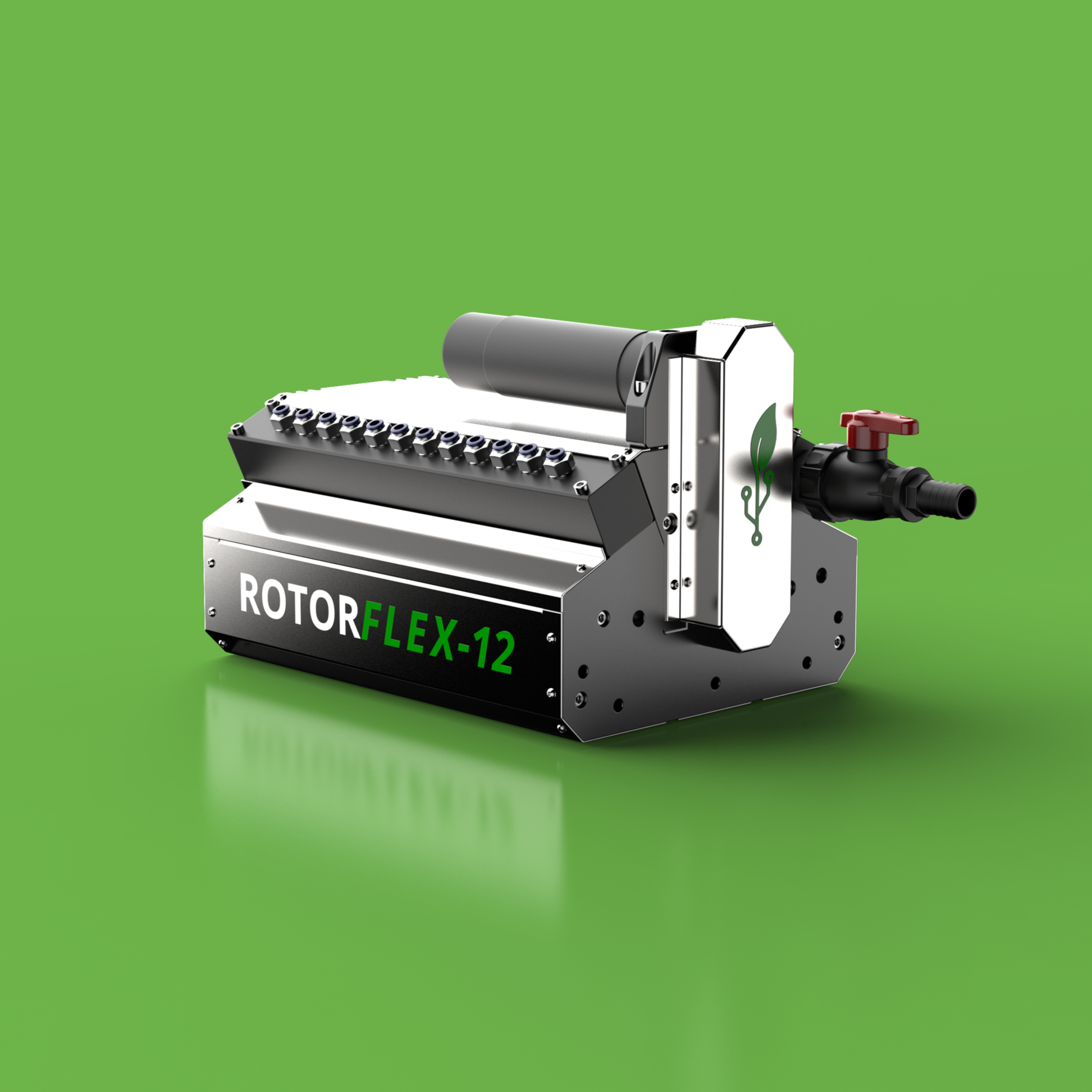
On-Board Agronomy
Placing nutrition and biology into the seeding zone.
On-Board Agronomy from Horizon puts crop nutrition exactly where it’s needed, with the seed. By integrating liquid fertiliser tanks and precision delivery systems directly onto our machinery, we help farmers achieve rapid uptake, stronger early root development, and more efficient use of inputs. Fewer passes, reduced losses, and targeted placement mean you feed your crops, not your weeds, maximising return while supporting regenerative farming practices.
Pumps
Tanks
Delivery Methods
Benefits of On-Board Agronomy
Ensure rapid uptake and vigorous growth which is important in no-till scenarios, and especially important in high residue scenarios which can create increased predator threats from slugs and mice. The decaying residue can also steal nitrogen during the decay process.
Placing phosphate right next to the seed will help early root development.
Reduce tractor passes in the field.
Placing fertiliser directly into moist soil will reduce the dependence on rain to help with uptake and will also reduce any potential leaching.
Reduce application rates by applying the product directly where the plant can access it.
Reduce weed competition by not broadcasting nutrition onto the soil surface in between the seeding zones - feed your crops, not your weeds!
Biology
Rather than applying chemical nutrition to feed their crops, a lot of regenerative farmers are now looking at soil biology to help them reduce fertilizer, insecticide, fungicide and herbicide applications. Due to the intensive agricultural practices that have been adopted by farmers over the past 100 years, a lot of our agricultural soils have lost their natural biome and therefore become unable to provide plants with the correct nutrients to overcome disease and pests.
Fully restoring soil biology levels across the whole soil profile takes time, so whilst pursuing this long term project, regenerative farmers are also looking to immediately correct the biology levels in the seeding zone to help the soil provide the right nutrients to the plant without the need for excessive levels of synthetic applications.
Soil Restoration Methods
Composting - Making compost from organic material found in the local area as this will contain the correct biology for that specific farm and soil type. There are many ways to make compost but the most popular methods used by regenerative farmers are simple piles, windrows which are better for mixing and introducing air or Johnson-Su bioreactors which eliminate the need for mixing and create the perfect breeding environment for fungi-rich composts. Applying compost to soil is bulky and expensive. Therefore regenerative farmers look to extract the nutrients and biology from the compost into water and then apply it in a liquid form.
Compost Extract - A simple form of extracting nutrients from compost by submerging the compost in water and allowing nutrients to leach out. It is primarily considered as an organic fertilizer and won’t contain high levels of biology.
Compost Teas - The next stage from Compost Extracts with the aim of creating a higher microbial population by applying aeration and food such as molasses, humic acid and seaweed.
Inoculating Seeds - Coating seed with compost or compost extras / teas is also another fantastic way of getting beneficial microbes onto the seed to improve early plant health.


